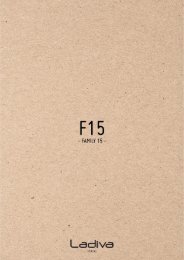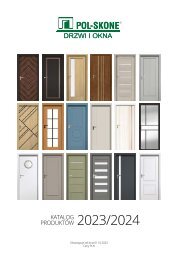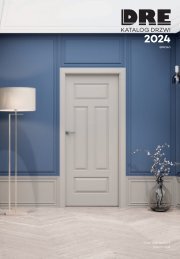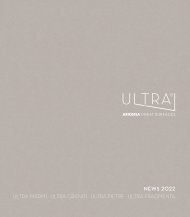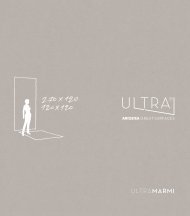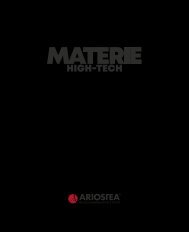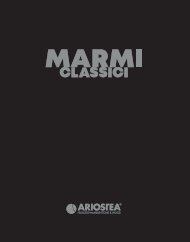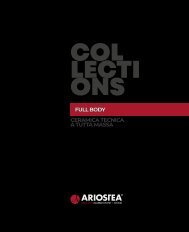You also want an ePaper? Increase the reach of your titles
YUMPU automatically turns print PDFs into web optimized ePapers that Google loves.
The average output of a radiator, depending on the purpose of the room in which it is installed and the conditions influencing the heat
losses and/or temperature rise, is between 30-50W/m³ of the room (75-130 W/m² – with the room height of about 2.6m). These are, of
course, only approximate values enabling an estimate selection.
ELEMENTS AFFECTING TEMPERATURE LOSSES ARE MAINLY:
• wall insulation
• number of external walls
• window profiles quality
• position of the room (North, South, East or West)
• elevation above ground
• position against unheated rooms
• external temperatures (in heating season) in the area where the building is situated
• terrain and land development where the building is situated
• ventilation intensity
FACTORS AFFECTING TEMPERATURE RISE IN THE ROOM:
• heat emitters not intended for heating (incl. electric or gas appliances)
• alternative or extra heat sources e.g.: fireplace
• heat gains from other rooms through walls
• position against other heated rooms
• solar radiation
When replacing iron cast radiators, we can estimate the output of the new radiator on the basis of the heat output of a single module
by multiplying it by the number of modules in the set. The average output of an iron cast rib is 125-14-W for parameters (90/70/20°C)
or 100-110W (75/65/20°C). Actual levels of output depend on the model of the rib.
146
STAGE II
The next stage of radiator selection is the initial choice concerning the models of radiators from the group with appropriate subjective
features (e.g.: shape, colour availability etc.) with the output available at the agent temperature present in the heating system. The
output of particular models is given in technical data tables or it is to be calculated in the way recommended by the producer. The
selection should also be based on consideration whether the radiator is suitable for the maximum temperature and pressure present
in the system.
TEMPERATURE PARAMETERS AFFECTING RADIATOR HEAT OUTPUT
The temperature of the water coming into the radiator (feed temperature)
The temperature of the water coming out of the radiator (return temperature)
Ambient temperature
t z
t p
t o
75 / 65 / 20 °C





